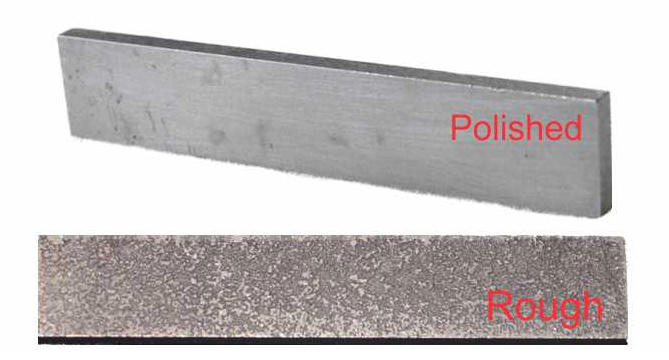Hello All !
I understand the basics re: strength, potting, AlNiCo vs ceramic, degauss to a point( if SD Ants are A2's degaussed 20%, when do they become A3's?) etc. It's the " new " stuff - polished, rough cast, un-oriented( vs. oriented ? - and what is that ?) etc. that confuses me. Do these definitions apply to all magnets ? The overall question is what does this have to do with tone or response ? Can a magnet be more than one of these definitions ? If you don't use two of the same in a pickup, do they off set ? Thanks !
I understand the basics re: strength, potting, AlNiCo vs ceramic, degauss to a point( if SD Ants are A2's degaussed 20%, when do they become A3's?) etc. It's the " new " stuff - polished, rough cast, un-oriented( vs. oriented ? - and what is that ?) etc. that confuses me. Do these definitions apply to all magnets ? The overall question is what does this have to do with tone or response ? Can a magnet be more than one of these definitions ? If you don't use two of the same in a pickup, do they off set ? Thanks !

